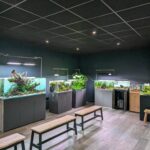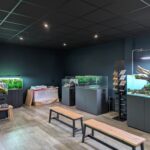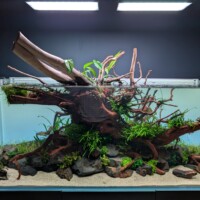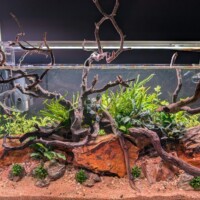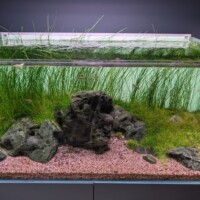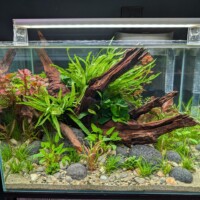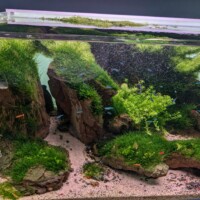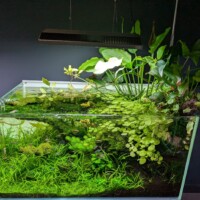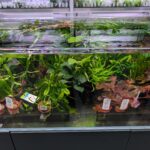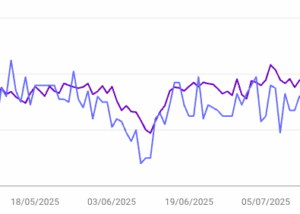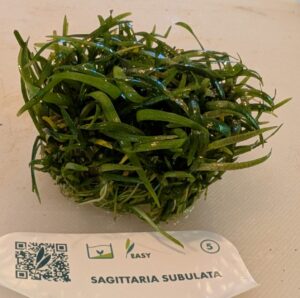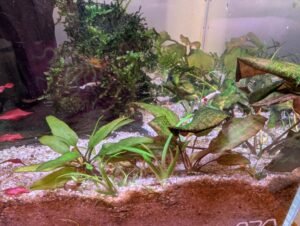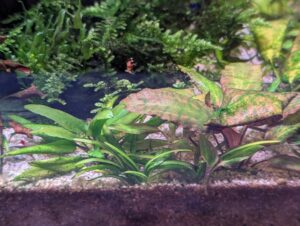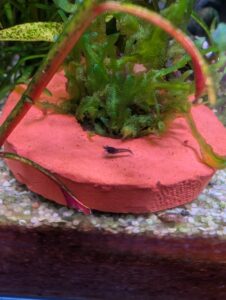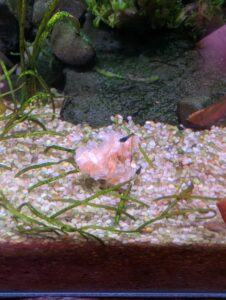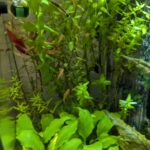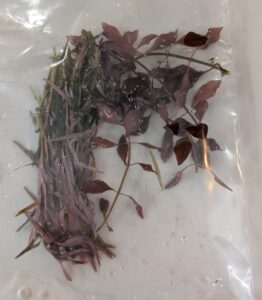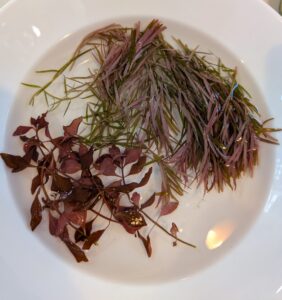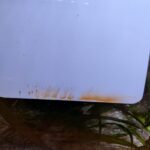I love Aquarium Gardens. Such a great aquascaping shop. They recently opened a new larger operation in Peterborough, so I thought I’d check it out. Owned by Dave Pierce (no relation) they stock plenty of aquascaping kit and plants. They also have a showroom where you can get some inspiration.
They only moved in two months ago – used to be in St. Ives – so most of the scapes have a newish look to them. It does look like some might have been moved from the previous location. I’m sure that was a serious challenge!
Aquascapes look great
The scapes all look great, even the newish ones. No algae anywhere in sight and the water always looks sparklingly clear. Interesting most of the scapes have a white background or even a lit white background. I think I prefer without.
Aquarium Gardens water parameters
Aquarium Gardens uses out-of-the-tap water from Peterborough which is going to be just rock hard. They don’t worry about that. The idea is if the plants can grow and look great in their tap water, they will work for customers located wherever as well. They do inject CO2 pretty aggressively and their lights are really bright.
Coming home with purchases
I didn’t actually need to buy anything, but hey, you have to play nice. I came home with Lobelia cardinalis ‘Mini’ which might be the same as the Lobelia cardinalis ‘Dwarf’ I tried previously in the Fireplace aquarium. This time it’s going in the low-tech Shrimphaus. Also for the Shrimphaus, some Helanthium tenellum ‘Green’, which looks pretty similar to the Helanthium bolivianum ‘Quadricostatus’ which did well previously. Finally, some (more) Rotala rotundifolia ‘Blood Red’ which looks so amazing in Aquarium Gardens and which has struggled mightily for me in the Fireplace Aquarium – probably not enough light.

